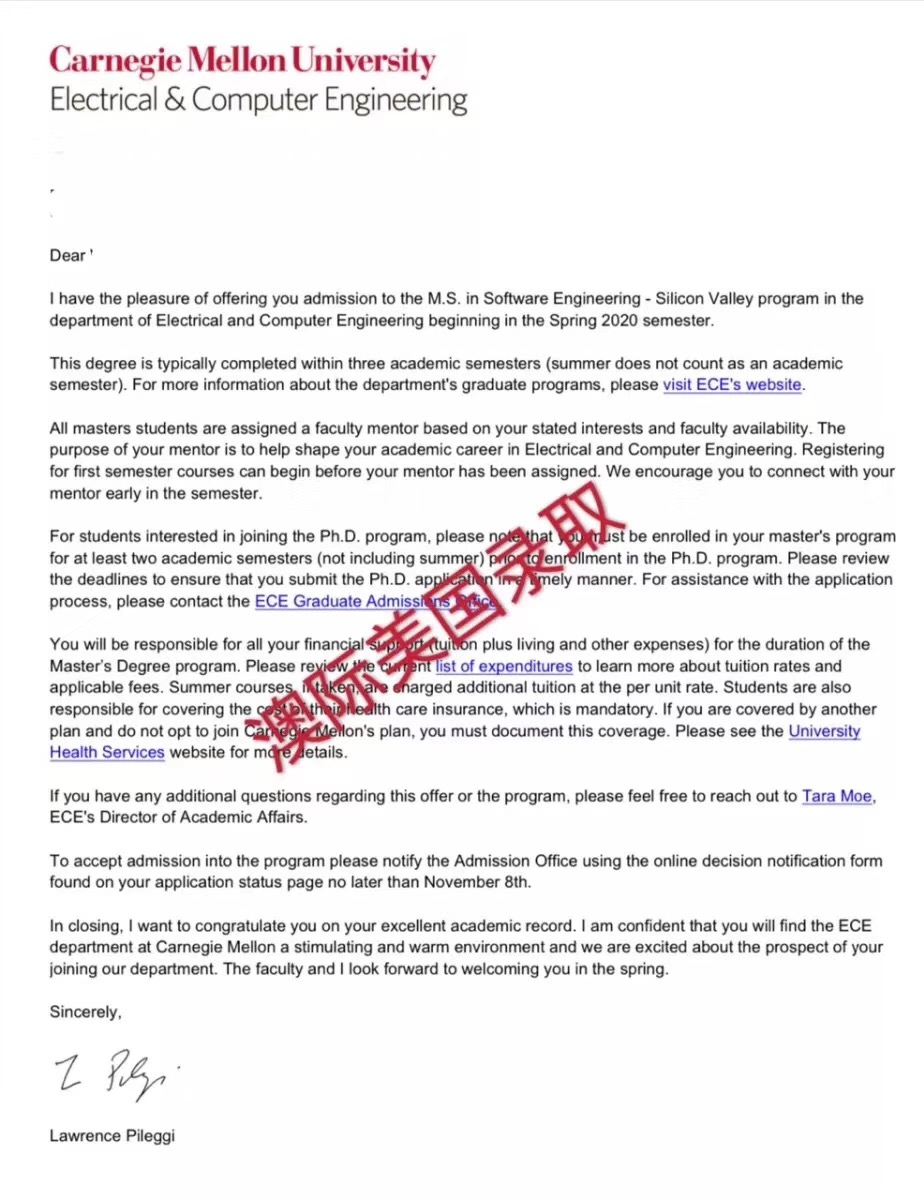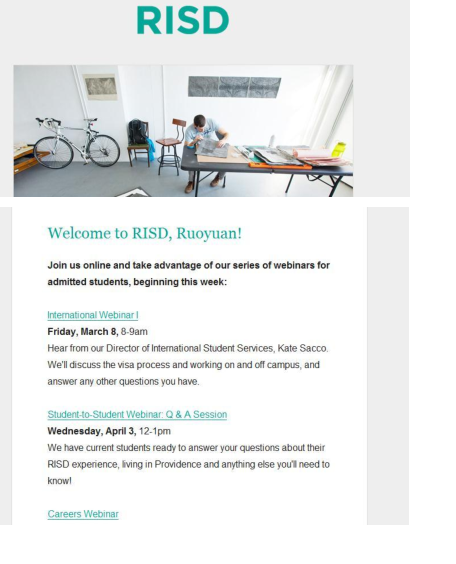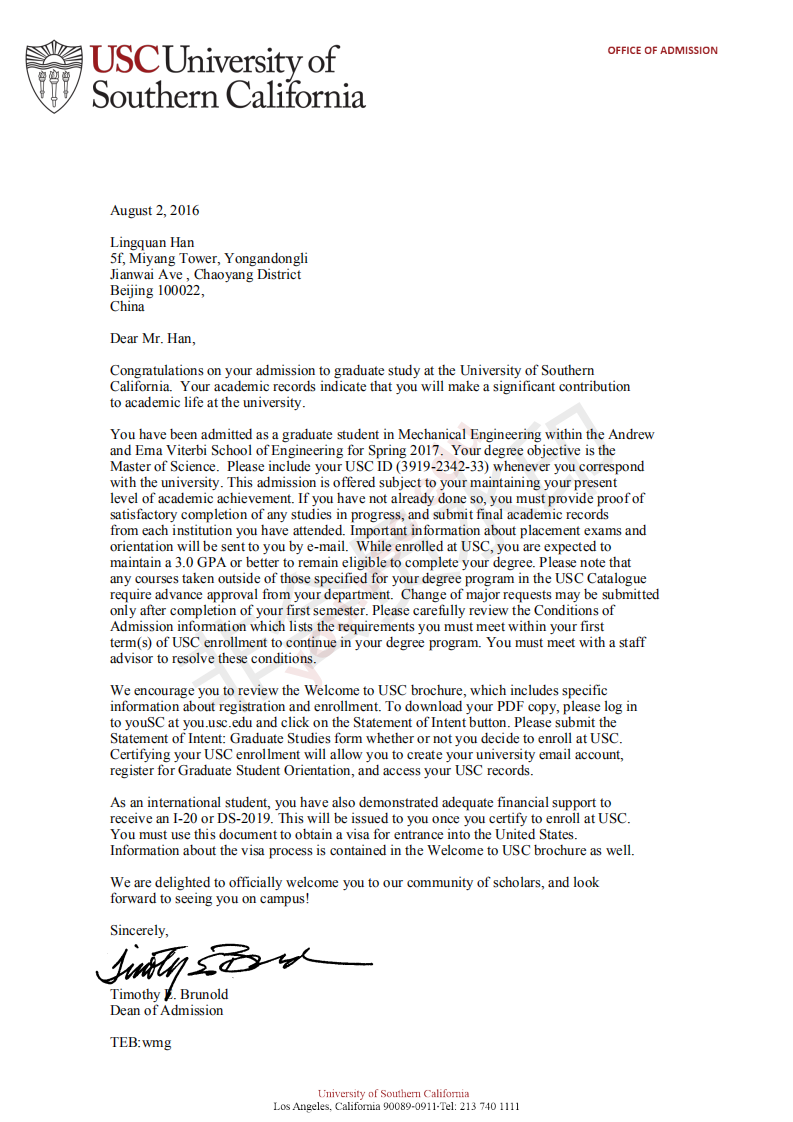美国珀玛纳学院|Pomona College
2017-04-06 756阅读
History
Pomona College was established as a coeducational institution on October 14, 1887. The group wanted to create a college in the same mold as small New England institutions. The College was originally formed in Pomona; classes first began in a rented house on September 12, 1888. The next year, the school was moved to Claremont, at the site of an unfinished hotel. This building would eventually become Sumner Hall, current location of the Admissions and the Office of Campus Life. The name – Pomona College – remained after the relocation. The College’s first graduating class consisted of ten members in 1894.
Its founders’ values led to the College’s beli in educational equity, and in 1904 graduated Winston Dickson, one of the first African-American students in history to attend Harvard Law School. Like other Congregationalist-founded colleges such as Harvard, Dartmouth, Middlebury and Bowdoin, Pomona was given its own governing board, ensuring its independence.The board of trustees was originally composed of graduates of Williams, Dartmouth, Colby and Yale, among others, to help create "a college of the New England type."
In the early 1920s, the College’s growth led its president, James A. Blaisdell, to call for “a group of institutions divided into small colleges—somewhat of an Oxford type—around a library and other utilities which they would use in common.” This would allow Pomona to retain its small, liberal arts-focused teaching while gaining the resources of a larger university, shared among other similar small colleges. On October 14, 1925, Pomona College’s 38th anniversary, the Claremont Colleges were incorporated.By 1997, the consortium reached its present membership of 5 undergraduate and 2 graduate institutions.
Pomona's strength has been its quality of education and preparation for graduate and professional schools as well as postgraduate fellowships. In 2007, 24 members of the Class of 2007 were awarded Fulbright Scholarships along with four other alumni,thus making Pomona tied with Brown University for third in the nation and first among liberal arts colleges.Pomona was also named as one of the New Ivies by Newsweek magazine.
Campus
Pomona’s campus is located in Claremont, California, covering an area of 140 acres. It includes 59 buildings, including 12 residence halls.The campus in Claremont originally began with the donation of an incomplete hotel—what would become Sumner Hall. It quickly expanded from 7 buildings in 1909—the time James Blaisdell took over as President.He had the foresight to purchase the empty land around the College while it was still available, securing the College’s future and allowing for expansion for years to come.
Currently, First Street borders the campus on the south, Mills and Amherst Avenues to the east, Eighth Street on the north, and Harvard Avenue on the west. Claremont Graduate University, Scripps College and Claremont McKenna College are adjacent to Pomona’s north, from west to east respectively. Pomona is divided into North Campus and South Campus, casually divided by Sixth Street, with a few exceptions. Many of the earlier buildings were constructed in the Spanish Renaissance Revival and Mission Styles, usually only one or two stories in height. Bridges Hall of Music, designed by Pasadena architect Myron Hunt, is an example of these styles combined.Later buildings have taken inspiration from these styles, with usually three or fewer stories and stucco walls.
South Campus consists of mostly first-year and sophomore housing and academic buildings for the social sciences and humanities. Among the notable dormitories are Harwood Court, originally a women’s dorm constructed in 1921, and Oldenborg Center, a foreign language housing option for sophomores that includes a foreign language dining hall.Also of note is Sumner Hall, Pomona’s first building, Bridges Auditorium (“Big Bridges”)—used for concerts and speakers with a capacity of 2,500—Bridges Hall of Music (“Little Bridges”), a concert hall built in 1915 with seating for 600, and Carnegie Building, which houses the Politics and Economics departments. It was originally built in 1929 as a library for the College. Marston Quadrangle is located between Carnegie Building and Bridges Auditorium, one of two quadrangles on campus. The Pomona College Organic Farm is hidden behind The Wash on the southeastern corner of campus.
North Campus is also a mix of residential and academic buildings. Most of the academic buildings house science departments. Among the notable buildings are the Richard C. Seaver Biology Building (“Seaver West”), built with environmentally friendly features, completed in 2005, and the Lincoln and Edmunds buildings, both completed in 2007.
The Lincoln and Edmunds buildings were the first buildings in Claremont to garner a gold certification award from the U.S. Green Building Council’s Leadership in Energy and Environmental Design (LEED) Program. The two new academic buildings also house the first publicly accessible Skyspace art installation by renowned alumnus James Turrell '65.
North Campus dormitories house mostly juniors and seniors. Of interest is Smiley Hall, the oldest dorm West of the Mississippi, constructed in 1908.While it is south of Sixth Street, it is still considered a North Campus dorm. Frary Dining Hall, one of two dining halls on campus, is the location of the murals “Prometheus” by José Clemente Orozco, his first work in the US, and “Genesis” by Rico Lebrun.
Also located along the south side of Sixth Street are buildings central to the campus. Smith Campus Center is home to many student services, including a mailroom, The Coop student store and two restaurants;Alexander Hall houses administrative offices. Athletic facilities are located to the south of Sixth Street and to the east of Smiley Hall. The Rains Center is the main athletic facility with a fitness center, gym and locker rooms. Adjacent to Rains Center is Merritt Football Field, Alumni Baseball Field and Haldeman Pool. Other Pomona facilities of note include the student group and lounge in Walker Hall known as the Women's Union, the Sontag Greek Theatre—an outdoor amphitheater, as well as The Farm, an experiment in sustainable farming and the Seaver Theatre Complex, built in 1990 with a 335-seat auditorium, 100-seat experimental theater and several other studios and rehearsal spaces.
The campus lies less than five miles (8 km) south of the San Gabriel Mountains, on top of the alluvial fans that have come from nearby San Antonio Canyon. The campus is relatively flat, with a slight uphill grade from south to north, because of this. Mount San Antonio (also known as Mount Baldy) is 14 miles (22 km) north of the College and is visible from the campus. The Mount Baldy Ski Lifts is a popular spot for students to ski in the winter because of its convenient location. On clear days, the Chino Hills are visible to the south and San Bernardino Mountains to the east.
Student life
Campus organizations
There are several newspapers operated at the Claremont Colleges, including The Collage and The Student Life, which is the oldest college newspaper in Southern California.Other campus publications include political magazines The Undecided, the Claremont Port Side, and the Claremont Independent; and the literary magazine, Passwords.
The Pomona College Queer Resource Center is a student center addressing the needs and concerns of LGBT students at all five colleges.
The major resource center and student group at Pomona College addressing gender issues is the Women's Union.
The campus also has an active environmental group, the Pomona Campus Climate Challenge group, that is focused on tackling climate change and creating a culture of sustainability on campus.
There are 3 remaining local fraternities (originally there were 7), and no officially recognized national fraternities or sororities. Two of the three fraternities are for male Pomona students only; membership in the third is open to Claremont Colleges students of any gender.
Residential life
Pomona is a residential campus, and students must apply to live off campus. Virtually all students live on campus for all four years in one of Pomona's 12 residence halls.
South Campus All first-year students live on South Campus. As a result, the four dormitories that line Bonita Avenue are rerred to as Freshman Row.
Mudd-Blaisdell is Pomona's largest residence hall. It is home to 280 students living in doubles and singles. It is the only air-conditioned dormitory that houses first years.
Harwood Court houses 170 students. It was built in 1921, is the oldest dorm on South Campus, and the second-oldest West of the Mississippi (after Smiley).
Wig Hall was built in the 1960s and houses 113 students, primarily first-years, in doubles.
Lyon Court is the only all-freshman dormitory. It houses 78 students, mostly in doubles.
Oldenborg Center is home to 140 students, mostly sophomores. Oldenborg residents live in language or special interest halls, and are expected to participate in the Center's extracurricular activities, which include foreign language film series, speakers, and other activities. Oldenborg also contains a foreign language dining hall, which serves lunch Monday through Friday. The Center is air-conditioned.
The Cottages are three small, separate housing units on the corner of College and Bonita across the street from Wig. The Cottages house roughly 13 students are a sub-free housing.
North Campus Most residents of North Campus are juniors and seniors.
Smiley Hall is Pomona's oldest residence hall. It was built in 1908 and houses 60 students, all in singles. Currently, the first two floors of Smiley are home to Unity Dorm, while the third is regular housing.
Walker Hall houses 112 students in singles and two-room doubles. First-year transfer students live in Walker.
Clark I contains two five-person suites, as well as two-room doubles. 116 students live in Clark I.
Clark V has space for 95 students in singles and two-room doubles.
Norton-Clark III is home to 120 students in singles and one- and two-room doubles.
Lawry Court consists of three towers, each of which has three floors. Each floor contains eight single rooms around a common room and bathroom. 72 students live in Lawry Court.
想了解更多的美国留学信息,可登陆澳际美国院校大全(
立即咨询留学咨询
更多出国留学最新动态,敬请关注澳际教育手机端网站,并可拨打咨询热线:400-601-0022
留学热搜
相关推荐
- 专家推荐
- 成功案例
- 博文推荐

Copyright 2000 - 2020 北京澳际教育咨询有限公司
www.aoji.cn All Rights Reserved | 京ICP证050284号
总部地址:北京市东城区 灯市口大街33号 国中商业大厦2-3层









高国强 向我咨询
行业年龄 12年
成功案例 3204人
留学关乎到一个家庭的期望以及一个学生的未来,作为一名留学规划导师,我一直坚信最基本且最重要的品质是认真负责的态度。基于对学生和家长认真负责的原则,结合丰富的申请经验,更有效地帮助学生清晰未来发展方向,顺利进入理想院校。
陈瑶A 向我咨询
行业年龄 16年
成功案例 4879人
拥有大量高端成功案例。为美国哈佛大学、宾夕法尼亚大学等世界一流名校输送大批优秀人才。
齐亚楠 向我咨询
行业年龄 14年
成功案例 3803人
商科案例有哥伦比亚大学等,工科案例有麻省理工大学等,艺术案例有罗德岛大学等。
李君君 向我咨询
行业年龄 14年
成功案例 3890人
成功案例涉及美国排名前60的院校,专业涵盖商科(金融,会计,管理),工科(生物工程,化学工程,计算机科学,电气工程)等热门领域。